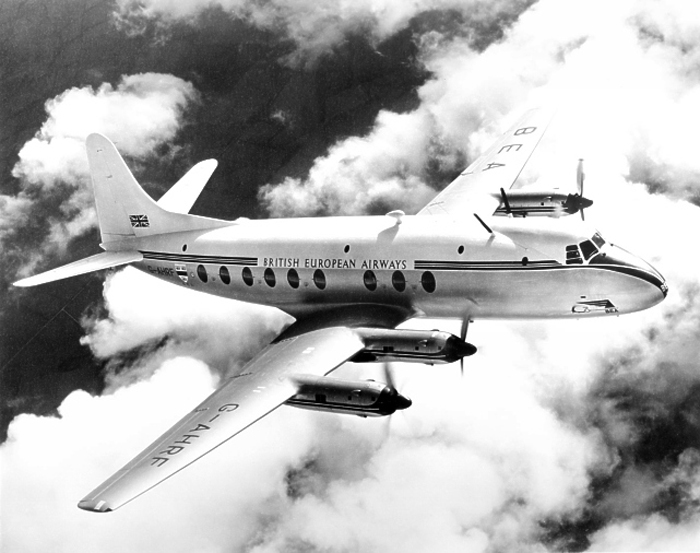Crash of a Handley Page H.P.67 Hastings C.1 in Khartoum: 5 killed
Date & Time:
May 29, 1959
Registration:
TG522
Survivors:
Yes
Schedule:
Khartoum – Cairo – London
MSN:
26
YOM:
1948
Crew on board:
5
Crew fatalities:
Pax on board:
25
Pax fatalities:
Other fatalities:
Total fatalities:
5
Circumstances:
The aircraft was on its way from Khartoum to London with an intermediate stop at Cairo, carrying a crew of five and 25 passengers on behalf of the 36th Squadron. After takeoff from Khartoum Airport, while climbing, the pilot informed ground that the engine number two failed and received the permission to return for a safe landing. The captain made a turn to the left to join the approach path when the airplane rolled left and right and eventually banked left. In such conditions, the captain decided to shut down the engine number one he thought that was malfunctioning. While trying to maintain a stable attitude, he lost control of the airplane that stalled and crashed. On impact, the undercarriage and all four engines were sheared off and the aircraft skidded for several yards before coming to rest. While all 25 passengers were injured, all five crew members were killed.
Probable cause:
Investigations were unable to determine the exact cause of the failure of the engine number two. Technical analysis on engine number one did not reveal any issues so the decision of the pilot to shut it down was unfounded.









